The Art of Hair Wrapping: Protecting Your Hair while Sleeping | |
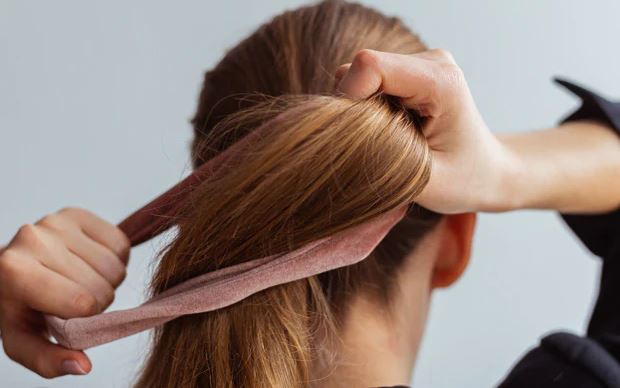
| |
Sleeping is a crucial part of our daily routine, allowing our bodies and minds to rejuvenate. However, the friction caused by tossing and turning during sleep can lead to hair breakage, tangles, and frizz. That's where the art of hair wrapping comes in. Hair wrapping is a technique used to protect your hair while you sleep, ensuring that you wake up with healthier and more manageable locks. In this article, we will explore the art of hair wrapping and provide you with tips and techniques to protect your hair while sleeping. Why is Hair Wrapping Important?Hair wrapping is essential for several reasons. First and foremost, it helps to minimize friction between your hair and the pillowcase. Friction can cause your hair strands to rub against each other, leading to breakage and split ends. Additionally, hair wrapping helps to preserve the shape and style of your hair, especially if you've spent time and effort on a particular hairstyle. Lastly, hair wrapping can help to reduce tangling and frizz, leaving you with smoother and more manageable hair in the morning. The Benefits of Hair Wrapping
How to Wrap Your Hair for SleepTo protect your hair while sleeping, follow these simple steps: Step 1: Choose the Right MaterialWhen it comes to hair wrapping, choosing the right material is crucial. Opt for a satin or silk scarf or bonnet, as these materials are gentle on the hair and minimize friction. Avoid using cotton pillowcases, as they can absorb moisture from your hair and cause frizz. Step 2: Prepare Your HairBefore wrapping your hair, make sure it is clean and dry. Apply a leave-in conditioner or a small amount of oil to keep your hair moisturized overnight. Comb your hair gently to remove any tangles and knots. Step 3: Secure Your HairGather your hair at the crown of your head and use a hair tie or a scrunchie to create a loose bun. This will help to keep your hair in place while you wrap it. Step 4: Wrap Your HairTake your satin or silk scarf or bonnet and place it over your head. Make sure to cover your entire hair, tucking in any loose ends. You can tie the scarf or secure the bonnet using a knot or an elastic band. Step 5: Sleep ComfortablyNow that your hair is wrapped, you can sleep comfortably, knowing that your hair is protected. The satin or silk material will help to minimize friction and keep your hair in place throughout the night. Frequently Asked QuestionsQ: Can I wrap my hair if it's short? A: Absolutely! Hair wrapping is suitable for all hair lengths. Simply adjust the way you secure the scarf or bonnet to accommodate your shorter hair. Q: How tight should I wrap my hair? A: It's important to wrap your hair loosely to avoid putting unnecessary tension on your scalp. A loose wrap will provide protection without causing discomfort. Q: Can I use a regular pillowcase instead of a satin or silk one? A: While a regular pillowcase is better than no protection at all, it is not as effective as using a satin or silk pillowcase. Satin and silk materials are smoother and gentler on the hair, reducing friction and preventing breakage. Q: How often should I wrap my hair? A: You can wrap your hair every night to maximize the benefits of hair wrapping. However, it's also good to give your hair a break occasionally and let it breathe. Q: Can hair wrapping help with hair growth? A: While hair wrapping alone cannot promote hair growth, it can contribute to healthier hair by reducing breakage and protecting your hair from environmental damage. Healthy hair is more likely to grow longer and stronger. Q: Are there any alternatives to hair wrapping? A: If hair wrapping doesn't suit your preferences or lifestyle, you can consider using a satin or silk pillowcase instead. This will provide a similar level of protection for your hair while you sleep. ConclusionThe art of hair wrapping is a valuable technique for protecting your hair while sleeping. By following the steps outlined in this article and incorporating hair wrapping into your nightly routine, you can minimize breakage, control frizz, and maintain your hairstyles. Remember to choose the right material, prepare your hair, and wrap it gently to maximize the benefits. Whether you have long hair, short hair, or anything in between, hair wrapping can help you wake up with healthier and more beautiful locks. Embrace the art of hair wrapping and take care of your hair even while you sleep! | |
| Category: Hair Care | |
| Total comments: 0 | |
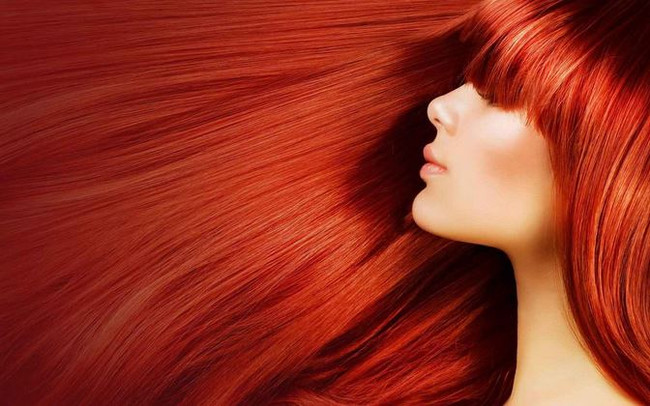 |
| Tips for Achieving and Maintaining Healthy Red Hair |
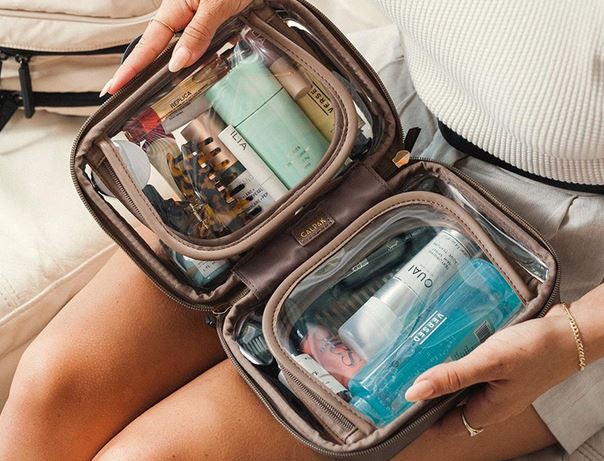 |
| 5 Essential Makeup Products for Travel |
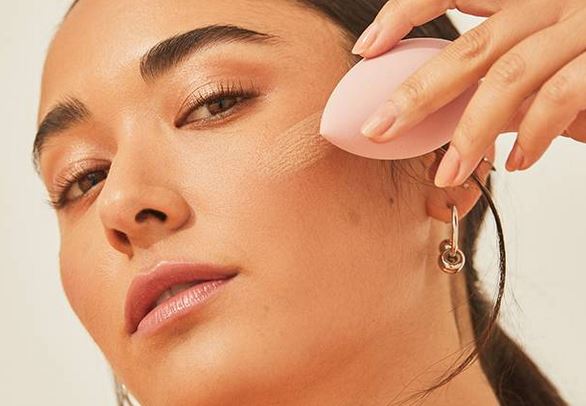 |
| Choosing the Right Foundation Finish for Your Skin Type |
 |
| How to Protect Your Hair from Heat Damage |
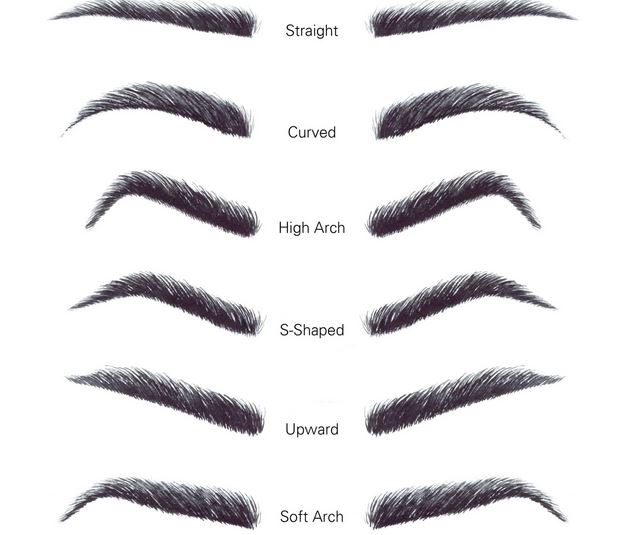 |
| The Art of Eyebrow Shaping: A Step-by-Step Guide |
 |
| The role of fashion bloggers and influencers in the industry |
 |
| The Rise of Pet Fashion Influencers: Instagram's Fashionable Pets |
 |
| 5-minute Makeup Routine for Busy Mornings |
 |
| Fashionable Workwear Ideas for the Modern Professional |
